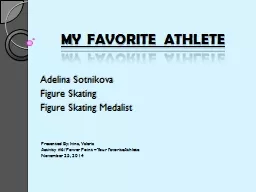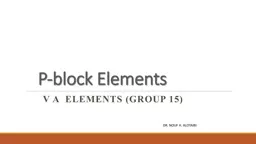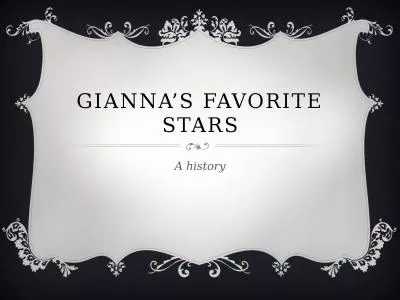PPT-9 Favorite Elements
Author : min-jolicoeur | Published Date : 2017-08-01
Carmen Chadwick Alkali Metals SodiumNa T he English word for which is soda Used in medicine agriculture and photography Also used in street lights soap batteries
Presentation Embed Code
Download Presentation
Download Presentation The PPT/PDF document "9 Favorite Elements" is the property of its rightful owner. Permission is granted to download and print the materials on this website for personal, non-commercial use only, and to display it on your personal computer provided you do not modify the materials and that you retain all copyright notices contained in the materials. By downloading content from our website, you accept the terms of this agreement.
9 Favorite Elements: Transcript
Download Rules Of Document
"9 Favorite Elements"The content belongs to its owner. You may download and print it for personal use, without modification, and keep all copyright notices. By downloading, you agree to these terms.
Related Documents














